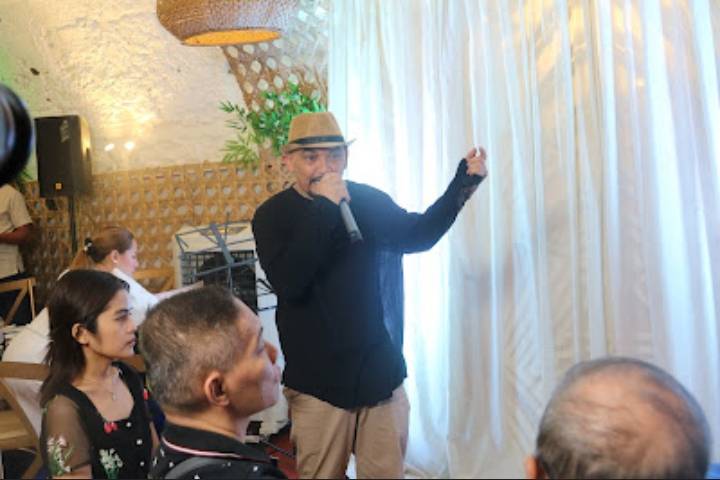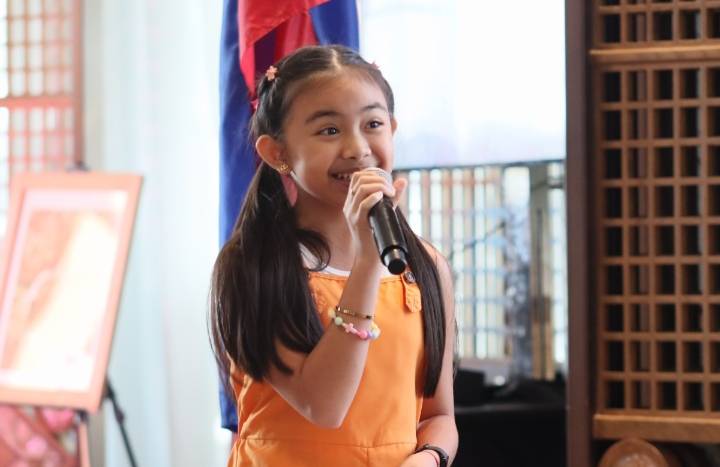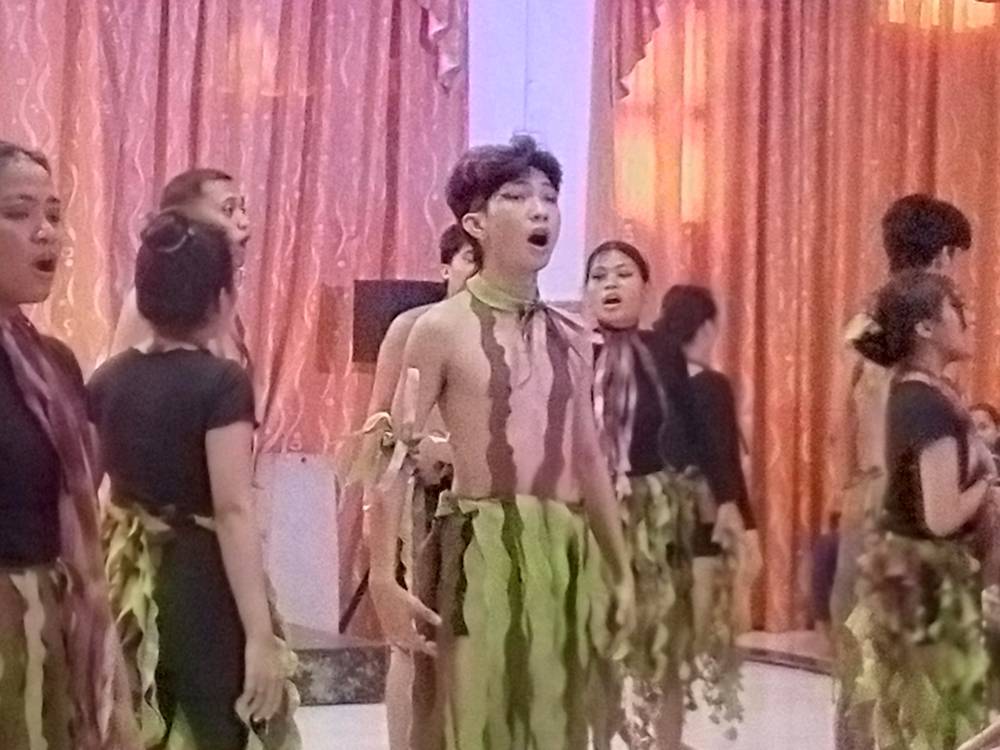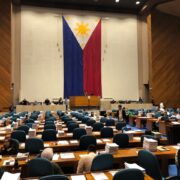Literature as weapon for peace

Varied activities across the land—poetry readings, discussions, symposia, performances, storytelling sessions, tributes to prominent writers and workshops—are underway in celebration of National Literature Month, and will last until the third week of May.
The theme of the festival is “Ang Panitikan at Kapayapaan” (Literature and Peace).
A recent press conference of the National Commission for Culture and the Arts (NCCA), held at historic Fort Santiago in Manila, got things going.
One of the speakers, Niles Jordan D. Breis of the NCCA, a Palanca award-winning poet, said literature could possibly be a cause for war, an allusion to Rizal’s “Noli me Tangere” and “El Filibusterismo,” but it could also be an instrument of peace.
NCCA executive director Oscar G. Casaysay read a poem in Cebuano by Don Pagusara. Arthur Casanova, head of the Komisyon sa Wikang Filipino (KWF), recited his poem on literature taking wing: “Nais kong maglakbay sa bawa’t salita, bawa’t letra/ bawa’t paliwanag/ habang naglalakbay ang puso at diwa/ at tatawagin kita panitikan.” (I would like to travel along every word, letter, explanation, while my heart and spirit are traveling; and I will call you literature.)”
Child actress Althea Ruedas sang a patriotic song, while Commissioner Benjamin Mendillo of KWF soulfully interpreted an Abelardo kundiman.

Rappers Verlin Santos and Kid Leviste sang in unison, and at times by themselves. Leviste called for national unity, for unity among Christians, Muslims and the Indigenous peoples. “Nauuna ang pera kaya walang kapayapaan,” he declared (money is the priority, that’s why there’s no peace).
“Are you for peace?” asked Santos. “It’s easy to answer yes, but hard to act.”
Bicolandia reads
One of the highlights of the festival was “Bicol Reads Lumbera and Celerio,” a symposium on the life and works of National Artist for Literature Bienvenido Lumbera and National Artist for Music Levi Celerio. This was held at Bicol University (BU) Amphitheater in Legazpi City, Albay.
Ian Ron V. Bello, a theater director, recalled that Lumbera, a political detainee who, when he was released, wrote about human mannequins in a mall. He was moved by this sight, for the mannequins seemed like puppets who had forgotten they were people. (Lumbera told me the same thing when I interviewed him during the late 1970s for Celebrity magazine, shortly after his release.)
“This experience and his imprisonment strengthened his commitment,” Bello said. “He was the first activist writer to receive the National Artist Award since Amado V. Hernandez.”
For the benefit of the students, the resource speaker read for discussion an early poem by Lumbera in English (he later switched to Filipino)—“A Eulogy for Roaches,” a rather unattractive metaphor for lack of commitment: “Blessed are the roaches/ in this country they are the citizens who last/ they need no police to promulgate their peace/ they tolerate each other’s smell or greed.”
The symposium’s reactor to the resource speaker’s presentation, local writer Jobert Landeza, noted that Lumbera was “a radical thinker and this was an important part of his work, his passion.” He added, “Bien’s activism is still alive today.”4,000 lyrics
The resource speaker for Celerio was multiawarded poet Abdon M. Balde Jr. He shared that the prolific lyricist was born in Tondo, learned the violin at the age of 11, studied at the Academy of Music in Manila, had a precocious childhood, took the name of his mother (his father was a Cruz), worked as an extra in movie and went on to write 4,000 lyrics.

This included the lyrics for the famous “May Isang Pipit,” which was interpreted in dance by a BU student group.
“In 20 minutes Celerio could finish the lyrics of a song,” Balde said. “And he was a chain smoker. He was always seen holding a cigarette.”
The Tagalog lyrics of the well-known Christmas song “Ang Pasko Ay Sumapit” are attributed to Celerio but this is controversial, Balde said. “He just translated it from the original Visayan. (Wikipedia says Celerio wrote a modified version of the Visayan lyrics.) The wordsmith went on to write the lyrics of so many popular and classic songs like “Saan Ka Man Naroroon Sinta” (Restie Umali), “Kahit Konting Pagtingin,” “Dahil sa Isang Bulaklak” (Leopoldo Silos) and the memorable “Sa Ugoy ng Duyan” (Lucio D. San Pedro).
The reactor to Balde’s lively lecture, cultural researcher Ramil C. Chavenia, enthused: “Celerio was able to show to the world that music is literature. Because of him, lyricists gained prestige (sumikat). A song will not be complete without lyrics. What would Philippine music be without Celerio? A song is poetry, and poetry is literature.” — INQ

















